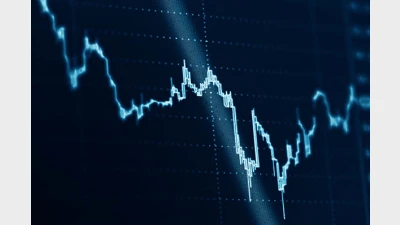Estimated emissions data not reliable


Investors and institutions looking to mitigate climate change through analysing green data need to be aware that estimated third-party emissions data is 2.4 times less effective in identifying worst emitters compared to reported data, according to Research Affiliates.
Research Affiliates Global Advisors partner and head of research – Europe, Vitali Kalesnik, said in an online webinar that while estimated data was better than nothing, it was large ineffective in identifying green companies in brown sectors. Brown sectors were those that had firms involved in environmentally destructive forms of activity.
Kalesnik said estimated data largely reflected only industry and size information and was ineffective in identifying green companies in brown sectors.
However, while reported data had the best quality in terms of providing greenhouse gas (GHG) emissions and comprised of around 50% of data, it had issues such as self-reporting bias and the fact that there was no single standard.
“Our results debunk the belief that third-party estimated emissions are a satisfactory substitute for direct observations,” he said.
“We call for an international regulatory initiative for mandatory reporting of GHG emissions data. We advocate for adoption of single reporting standard for the current data and ongoing investment projects (for the forward-looking estimates), and emissions estimate audits to ensure the accuracy of the data.
“In the interim, investors should provide incentives for companies to report their emissions.”
Kalesnik noted that there was no evidence that forward-looking information was useful regarding future changes in emissions and said there was a large prevalence of “cheap talk” and that investors should stay away from this kind of data.
Recommended for you
As market volatility persists, some super funds are pivoting defensively, while others are strategically positioning to capitalise on emerging opportunities.
New data has shown a progressive deterioration in risk appetite among instos even prior to Donald Trump’s latest round of tariffs.
UniSuper has reached “peak investment” in US assets and is now preparing to reassess its exposures amid ongoing sharemarket volatility.
Investors have slashed their US equity allocations to the lowest level on record, according to new data from Bank of America.












